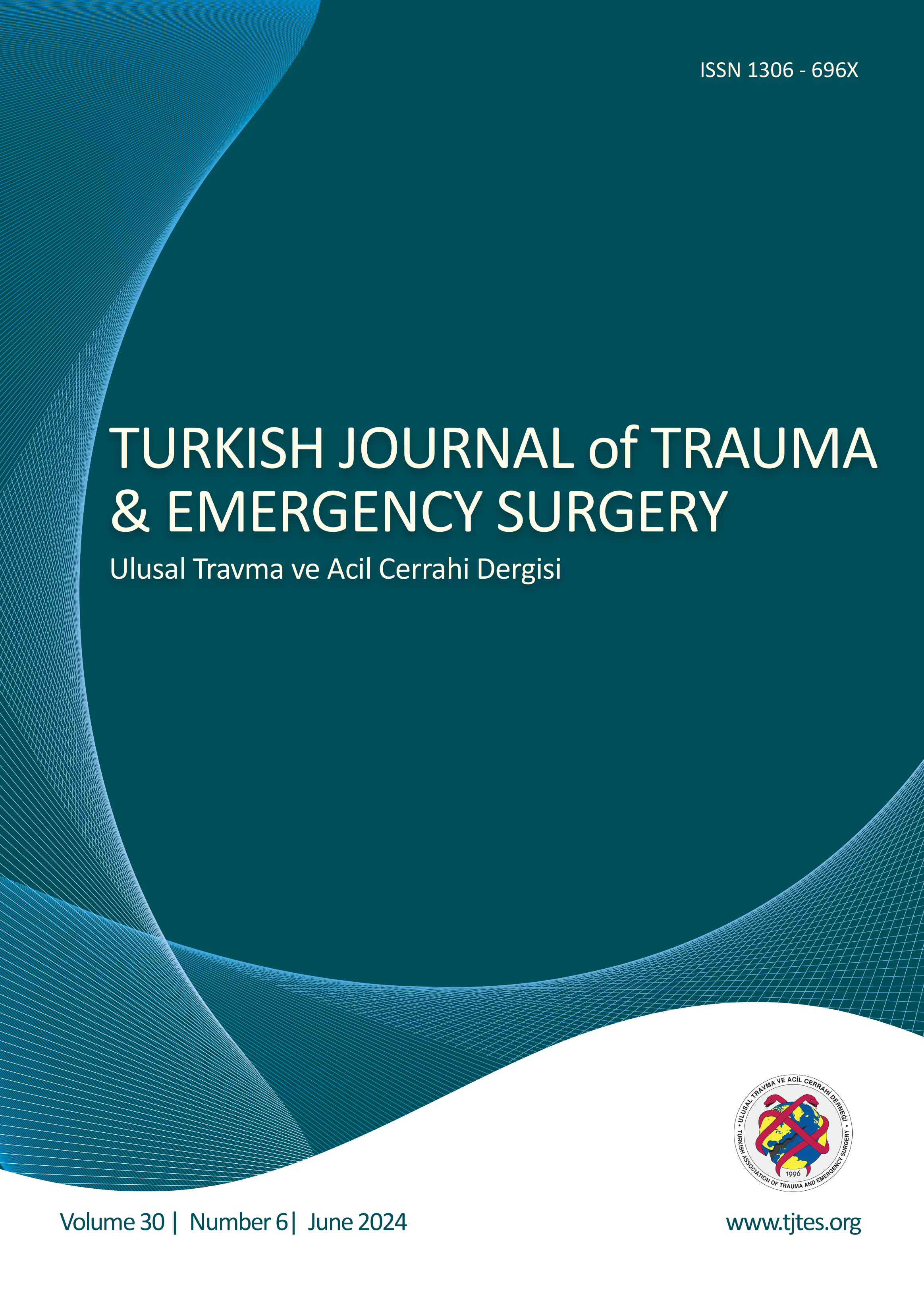Quick Search
Spondylolisthesis mimicking the progression of dissection in a case of chronic Stanford type B aortic dissection
Mustafa Goz1, Mehmet Fuat Torun2, Cengiz Mordeniz3, Mehmet Salih Aydin1, Abbas Heval Demirkol1, Hamza Karabag21Department Of Cardiovascular Surgery, Harran University, School Of Medicine, Şanlıurfa, Turkey2Department Of Neurosurgery, Harran University, School Of Medicine, Şanlıurfa, Turkey
3Department Of Anesthesiology And Intensive Care, Harran University, School Of Medicine, Şanlıurfa, Turkey
Aortic dissection is an acute lethal cardiovascular condition. A 67-year-old hypertensive woman was admitted to our Emergency Department with an abrupt onset of tearing pain in the interscapular area. A thoracic computed tomography scan with contrast showed chronic type B aortic dissection. The patient was transferred to intensive care and medical therapy was initiated. Upon spread of the pain to the lumbar area, the dissection was thought to have progressed. The patient, being hemodynamically stable, was examined using ultrasonography, and the dissection did not show any progression. In the neurological examination for the lumbar pain, the lumbar processus spinosus was found to be sensitive, and the sciatic nerve stretch test was positive at 30 degrees. Magnetic resonance imaging revealed spondylolisthesis and a centrally located disc herniation at the L3-4 level. No operation for the dissection was planned, but discectomy and fusion surgery was scheduled. Since the patient refused surgery, she was discharged with medical therapy. Our aim in this report was to emphasize the importance of spondylolisthesis mimicking the progression of dissection in the differential diagnosis of a chronic type B aortic dissection case.
Keywords: Aortic dissection, spondylolisthesis.Kronik Tip-B aort diseksiyonlu bir olguda diseksiyonun ilerlemesini taklit eden lomber spondilolistezis
Mustafa Goz1, Mehmet Fuat Torun2, Cengiz Mordeniz3, Mehmet Salih Aydin1, Abbas Heval Demirkol1, Hamza Karabag21Harran Üniversitesi Tıp Fakültesi Kalp Damar Cerrahisi Anabilim Dalı, Şanlıurfa2Harran Üniversitesi Tıp Fakültesi Nöroşirürji Anabilim Dalı, Şanlıurfa
3Harran Üniversitesi Tıp Fakültesi Aneztiyoloji Ve Yoğun Bakım Anabilim Dalı, Şanlıurfa
Aort diseksiyonu akut ve ölümcül olan kardiyovasküler bir durumdur. Altmış yedi yaşında hipertansif kadın hasta, ani başlayan, bıçak saplanır tarzında alt sırt ağrısı nedeniyle, acil servise geldi. Kontrastlı toraks tomografisinde kronik Tip-B aort diseksiyonu tanısı konuldu. Yoğun bakıma transfer edilen hastaya medikal tedavi başlandı. Hastanın ağrılarının lomber bölgeye yayılması nedeniyle diseksiyonun ilerlediği düşünüldü. Hemodinamik olarak stabil hastaya karın ultrasonografisi yapıldı ve diseksiyonun ilerlemediği görüldü. Nörolojik incelemesinde lomber spinoz proçes hassasiyeti, her iki bacak germe testinin 30 derecede pozitif olması üzerine cekilen manyetik rezonans görüntülemede L3-L4te spondilolistezis ve merkez yerleşimli disk hernisi tespit edildi. Mevcut bulgularla diseksiyon yönünden operasyon endikasyonu olmadığı düşünüldü. Diskektomi ve füzyon cerrahisi önerildi. Hastanın cerrahi tedaviyi kabul etmemesi üzerine, ilaç tedavisi verilerek taburcu edildi. Bu çalışmada, kronik Tip-B aort diseksiyonlu bir olguda diseksiyonun ilerlemesini taklit eden lomber spondilolistezisin ayırıcı tanıdaki önemini vurgulamayı amaçladık.
Anahtar Kelimeler: Aort diseksiyonu, spondilolistezis.Manuscript Language: English




